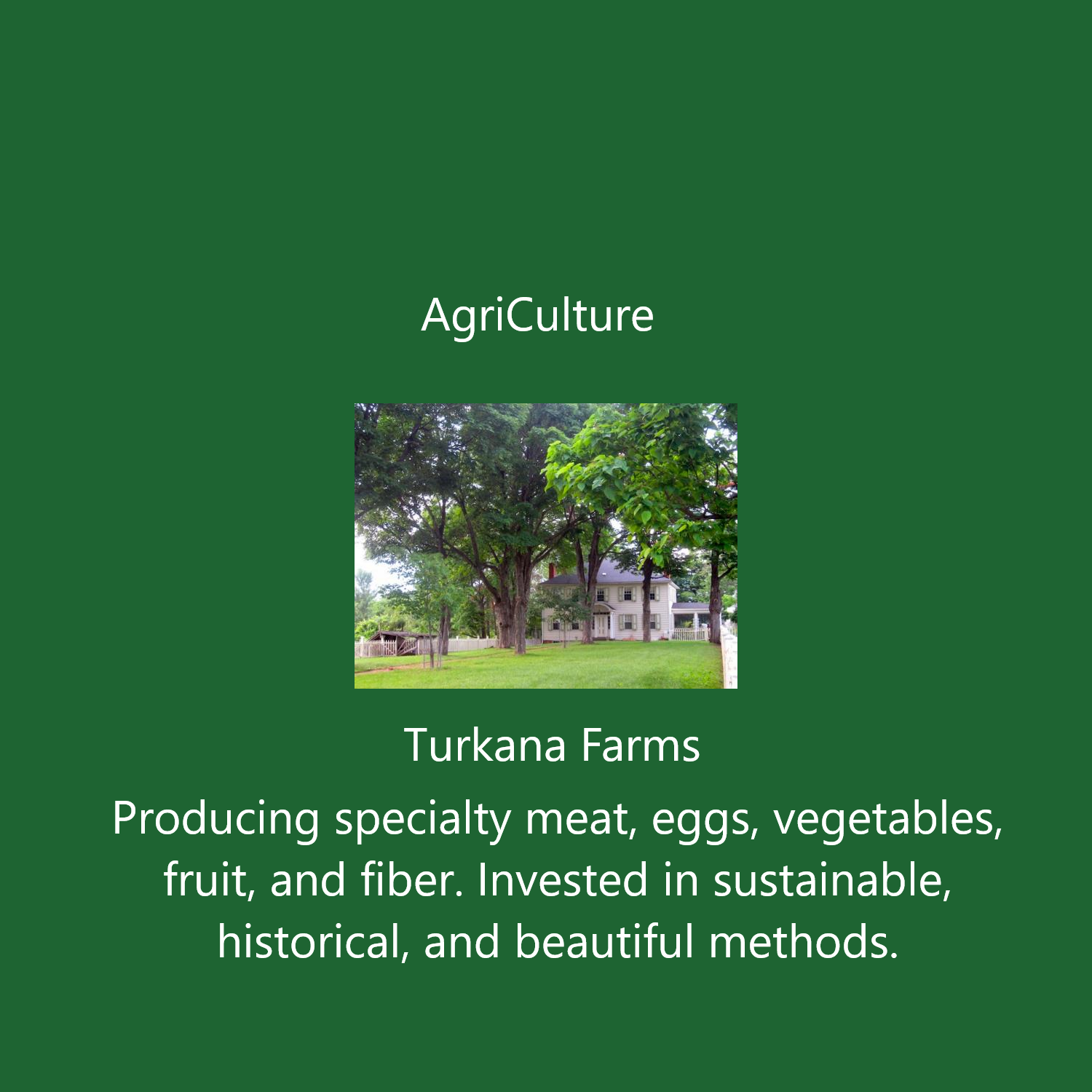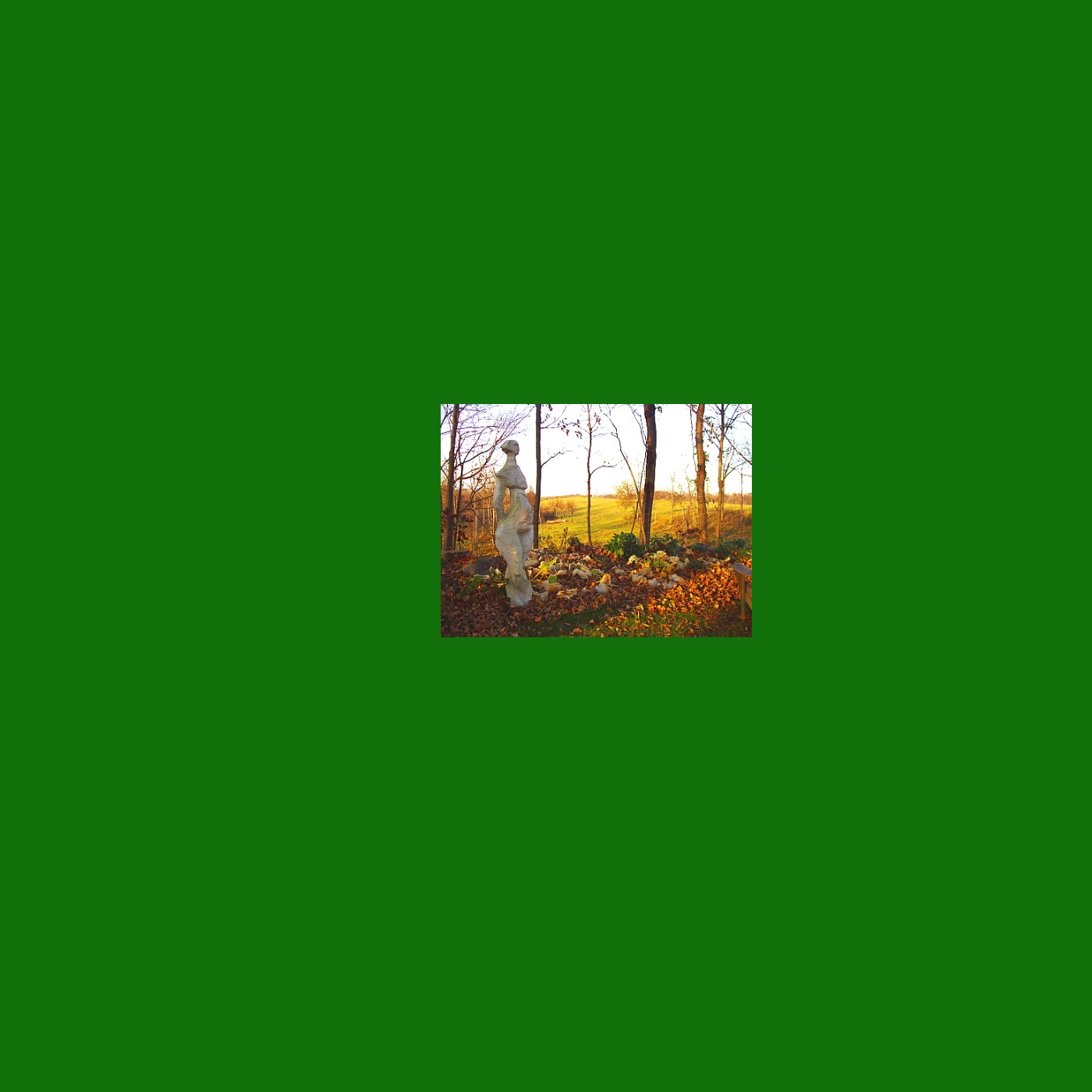Having gotten inquiring messages from my cousin Albie and my friend Steve, I think I need to report that if I skip writing the weekly bulletin, as I did last week, it does not mean I am hospitalized with COVID. I am simply overwhelmed with other tasks. As I explained to Steve, "I have to finish 24 hours of continuing legal education by May 24 in order to renew my law license, of which I've done 3.5 hours. Of the 140 boxes of stuff I moved into the house, I've unpacked only about 25. I have planting and weeding and sowing and mowing (it's spring!), sheep hooves to clip, storm windows to take down and screens to put up, and tons of office work I'm catching up on. To top it all off, I have a garage full of office related furnishings and equipment (from chairs to bookshelves, desks to printers/scanners and monitors) I must prepare for sale at next Saturday's (May 21) town wide Germantown yard sale."
While I realize that our major western religions all have decreed days of rest to allow for contemplation and regeneration, a function the bulletin has served in my life, I therefore have had to defer for yet another week. In place of current reflections, I thought I'd repeat an homage I've done in years past, to the merits of rhubarb, which I hope will inspire you to buy some.
Enjoying spring rhubarb is a taste of bygone days. As I recall, older people like our former nonogenarian neighbor in Sag Harbor, Mrs. Thayer, always greeted our gifts of rhubarb with enthusiasm, seeing it as a spring tonic. Unfortunately, for present generations used to that illusory land-of-plenty that knows no season, the supermarket, rhubarb may seem too old-fashioned. Rhubarb faces an additional hurdle: Unlike almost everything else we pick in the vegetable garden, it really does need to be processed in order to be enjoyed. Biting into the tart stalks in their raw state involves a little more sourness than most folks can take.
Wikipedia tells us that rhubarb is indigenous to Asia (it takes its name from Rha, the former name of the Volga River, on whose shores it appears to have originated), and that traditional Chinese medicine uses the rhubarb roots for its strong laxative qualities. It is known that the English began eating the stalks in the 17th-century when, significantly, large quantities of sugar became commercially available. Rhubarb was brought to America in the 1820’s through Maine and Massachusetts. Rhubarb enjoys our climate, requiring at least two months of cold, and another season of cool wet weather. Spring is considered its prime season. It has never been at home in the Deep South or Southwest.
As we have discovered, come summer, rhubarb should be left with its remaining stalks (no more than half should be harvested) to regenerate for the next spring. Once established, the roots seem to regenerate indefinitely. Meanwhile, I'm selling between 15 and 25 pounds a week.
Why should we eat rhubarb? Possibly Mrs. Thayer was right, and it does serve as a tonic. What is more certain is that the fresh intensity of the flavor screams spring. Rhubarb goes well with creamy and sweet things, like strawberries, cream, and custard (a fabulous rhubarb custard pie recipe is easily found on line). It freezes beautifully. It is high in dietary fiber, antioxidants, and Vitamin C. It can serve as a digestive. And, according to Dr. Wikipedia, regular consumption of fresh rhubarb helps lower blood pressure.
My principle bed of rhubarb takes a decorative place of honor at the center of the vegetable garden. I use it for compote that can be added to my morning yoghurt, as well as pies and crisps and chutney. I have made rhubarb simple syrup, using 1½ cups rhubarb, roughly chopped, combined with 1 cup of sugar and 1½ cups water. Bring them to a boil in a saucepan, then simmer for 15 minutes, until the rhubarb is bright pink. Then remove from the heat, strain the liquid into a large jar, and use for such purposes as a rhubarbarita, a margarita in which the alcohol is citron vodka rather than tequila and the rhubarb simple syrup replaces the triple sec.
It's also worth considering rhubarb as an ingredient in more savory dishes. Last week I experimented with spectacular success on my no-nonsense friend Tom, who claims to be a meat and potatoes guy with not much taste for such exotica as rhubarb. Yet he enthusiastically devoured lamb shanks braised with middle eastern spices and rhubarb, an easy (though long simmering) recipe I found on line. It was such a hit that tonight I plan to repeat the act with Eric, who I'm sure will similarly love what Tom went for so avidly. If you want to join the fun, come and get you some of these tangy stalks and follow the recipe below:
BRAISED LAMB SHANKS WITH RHUBARB • 2 tbsp extra virgin olive oil 4 (1.25kg total) French-trimmed lamb shanks 1 brown onion, thinly sliced 2 garlic cloves, crushed 1/4 tsp saffron threads 1/2 tsp ground cinnamon 1/4 tsp ground turmeric 2 tsp ground coriander 2 cups Massel salt reduced chicken style liquid stock 1 wide strip orange rind 2 tbsp tomato paste 4 rhubarb stalks, trimmed, cut into 5cm lengths 2 tbsp chopped fresh flat-leaf parsley leaves
Step 1 Heat 1/2 the oil in a large, heavy-based saucepan over medium-high heat. Cook lamb, in batches, for 5 minutes or until browned all over. Transfer to a large plate. • Step 2 Heat remaining oil to pan. Add onion and garlic. Cook, stirring, for 5 minutes or until softened. Add saffron, cinnamon, turmeric and coriander. Cook, stirring, for 1 minute or until fragrant. • Step 3 Add stock, rind, tomato paste and 1 cup water. Bring to the boil. Return lamb to pan. Reduce heat to low. Cook, covered, stirring occasionally, for 1 hour 40 minutes or until lamb is tender. • Step 4 Uncover dish. Cook for a further 20 minutes or until lamb is very tender and starting to fall off the bone. Add rhubarb. Cook, uncovered, for a further 10 minutes or until rhubarb has softened. Discard rind. Season with salt and pepper. Top with parsley. Serve with pearl couscous and salad leaves.
WHAT'S AVAILABLE THIS WEEK:
EGGS: $5/doz Plentiful For your rhubarb custard pie
Fresh horseradish root: $4/lb. Garlic chives (flat leafed): $1/bunch Rhubarb $4/lb Sorrel $3/bag
LAMB COMING: Lamb should be back from the slaughterhouse in a any day now. Stay tuned.

There is nothing linear about life, history or society. Nope, it’s all push and pull, fits and starts, up and down, step forward and...

TURKANA FARMS, LLCGreen E-Market Bulletin November 13, 2023Matt begins the turkey sendoff Photo by Mark ScherzerNovember Days 2023Hi All, Mark here.Before dawn this very...

AgriCulture-TURKANA FARMS November 9, 2019 WHAT'S NEW THIS WEEK: It seems that what's new is the cold. And colder it will get. This may...